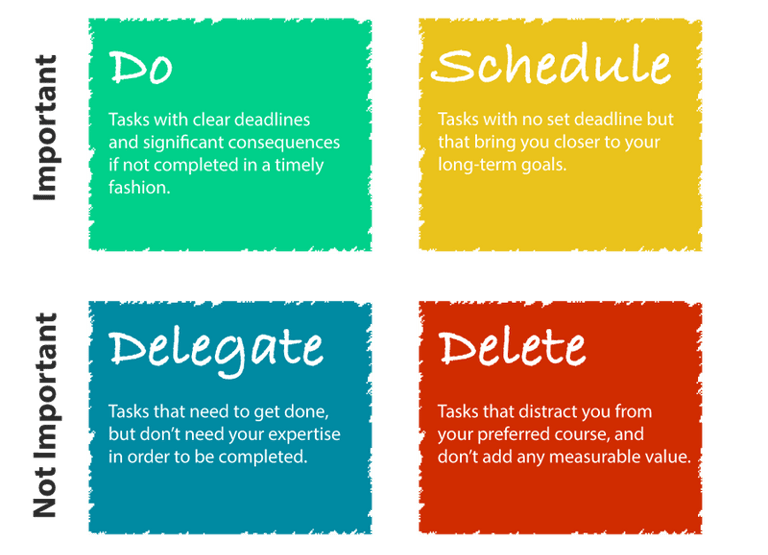3. Task: Revenue Generating vs. Feel Good
7 Strategies
TIME MANAGEMENT
Welcome back. Now we move on to what I had spoken of in the earliest post. Where is your time spent on a daily basis? How many percent on Revenue Generating activities and how many percent on Feel Good activities which does not create any value proposition? This is where Strategy 3 comes in handy. Let’s explore.
Strategy 3 – Tasks: Revenue generating vs Feel good
I always hear and see salesmen very busy in the office every day, and yet their sales figures do not tally with the hours they put in. Why is that so? Is it a lack of product knowledge? Or lack of motivation and drive? Or a serious lack of purpose?
My 20 years in the sales industry have made me realise the real problem lies in a serious lack of time management skills. The top 10% of salesmen have mastered the art of when to do which task. There is a clear map to how a task should be structured and placed in our calendar. I will get to that later.
There are 3 steps I am going to teach which will immediately boost your productivity.
Step 1: Separate your tasks into 2 categories - Revenue Generating vs Feel Good
What is Revenue Generating? Calling a client, talking in person to a client, reviewing a client’s portfolio with the client and any activity which can be converted into a sales opportunity.
What are Feel Good tasks? Preparing a client portfolio, printing proposals, writing birthday cards and being on social media.
Step 2: Categorize the tasks in the order of Most Difficult to Least Difficult.
Assume you have 5 tasks in the Revenue Generating category. Give them a number from 1-5 (1 being the least difficult and 5 being the most difficult). Now reward each task from most rewarding to least rewarding in terms of sales. Give them a number (1 being the least rewarding and 5 being the most rewarding). Add up the score and work on the task that has the highest score first. Many salespeople do many trivial tasks the whole day and keep themselves busy. Eventually, they seem to be very hardworking but perform very poorly on sales. You will eventually realise that completing just one task a day which is the most difficult and rewarding will make you feel more accomplished and happier in comparison to completing 5 trivial tasks the whole day. This is also called the Pareto Principle. In simple words: the 80-20 rule. 80% of the results you seek come from 20% of the work you do. Step 2 identifies the 20% work you need to do.
Step 3: Prioritizing the Task List
This is the most crucial step in this strategy. Knowing when to do which task is very important. For example, if you want to prepare a summary or proposal for a client, it is best if you do it late at night or early in the morning. Preparing it at 10am at home has deprived you of a sales opportunity with a client or referral. It is best if you keep all Feel Good tasks to non-productive times. I leave all of them to my secretary. But while you are in transition and handling everything on your own, it is very critical you prioritise them according to the value proposition. You must always ensure your 5 daily sales appointments take utmost priority and nothing else must come into the way of them. Build the rest of the tasks around them.
This can be explained easily by the Eisenhower Decision Matrix



